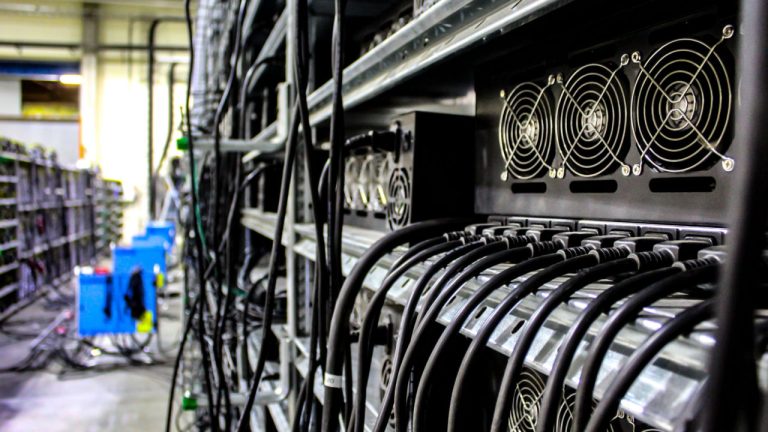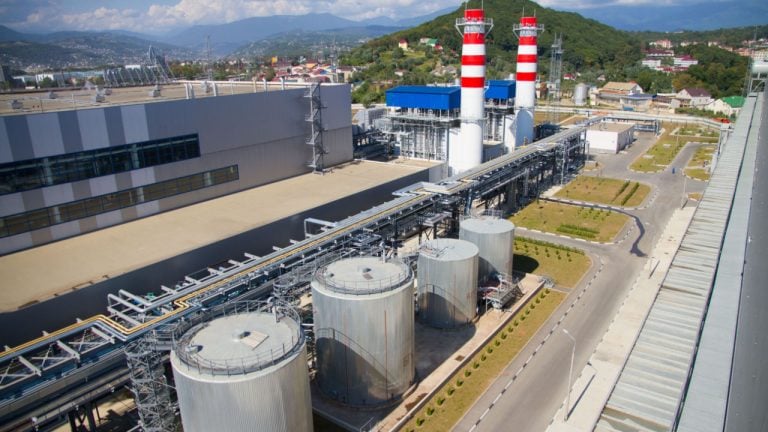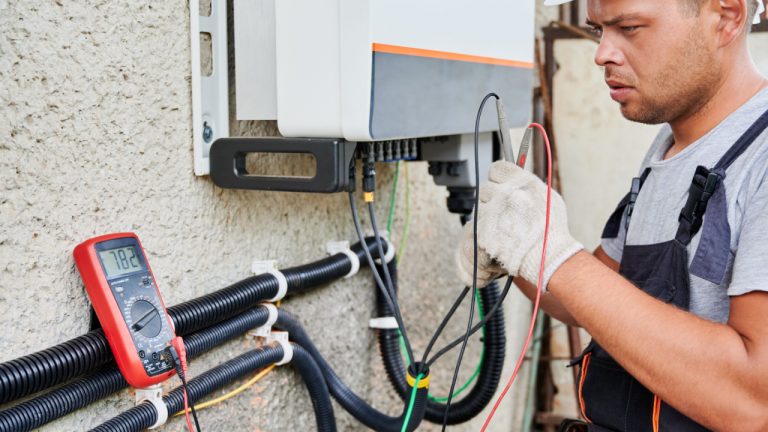
Tom Campbell, an Irish dairy farmer who runs a farm in County Armagh, is using excess energy from his farm to mine Bitcoin.
An Irish dairy farmer has found an unusual way to make use of the excess energy produced on his farm — by turning to Bitcoin (BTC) mining. Tom Campbell, who runs a farm in County Armagh, Northern Ireland, produces renewable energy using a method called anaerobic digestion. This involves breaking down biodegradable material to a point where it creates methane gas, which can be used to produce electricity.
Campbell primarily uses the electricity to power his farm, but when there is excess energy that cannot be exported to the grid, he uses it to mine Bitcoin. Mining involves using specialized computers to solve complex mathematical equations, with successful miners rewarded with BTC. Bitcoin mining requires a lot of energy, and Campbell's farm produces up to 700 kilowatts of electrical output, equivalent to powering nearly 12,000 households.
The Irish government has set a goal to decrease greenhouse gas emissions by 25% by 2030. However, the agricultural sector in Ireland is responsible for over 35% of these emissions, with cows being the primary source. With 7.3 million cows in the country, managing their waste in an eco-friendly manner is crucial. Anaerobic digestion is a promising solution, potentially generating enough electricity for every home in Ireland if 41% of farms adopted the technology. This could make a significant contribution to achieving the country's greenhouse gas emission targets.
Campbell's decision to mine Bitcoin may seem unusual, but it makes sense from an economic perspective. When grid demand is low, miners can use the excess clean energy. By doing this, Campbell can sell the excess electricity to the grid as renewable, green electricity while profiting from Bitcoin mining.
While some farmers have raised concerns that meeting greenhouse gas emission targets could drive them into bankruptcy, Campbell's approach shows that it is possible to find innovative solutions that benefit both the environment and the farmer's bottom line. With renewable energy sources such as anaerobic digestion becoming increasingly popular, more farmers could turn to Bitcoin mining in the future to make use of their excess energy.
Click below to watch Campbell's exclusive interview with Cointelegraph to learn how he's transforming cow dung into digital gold.













